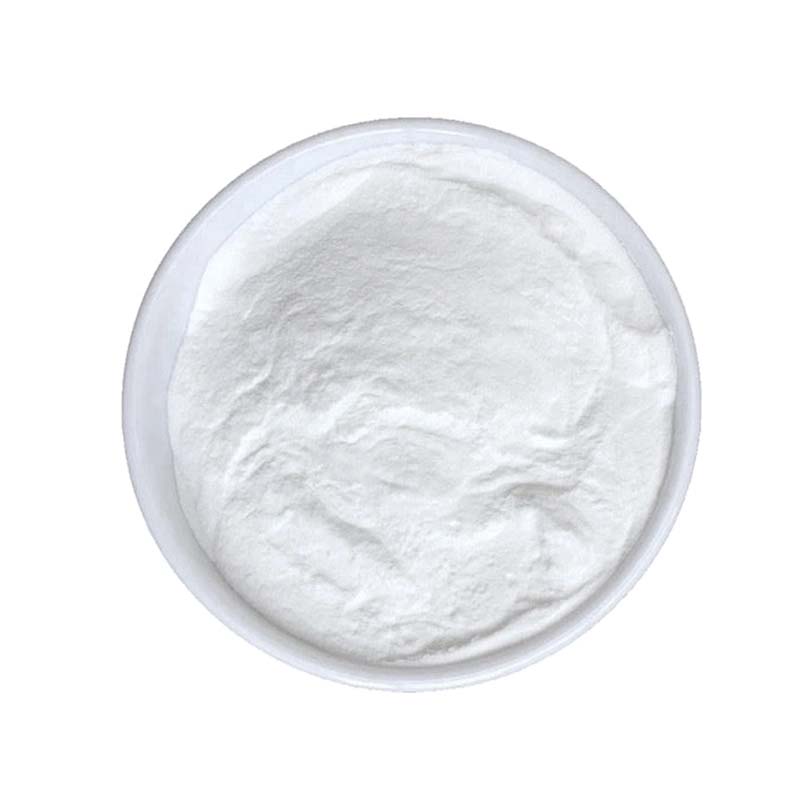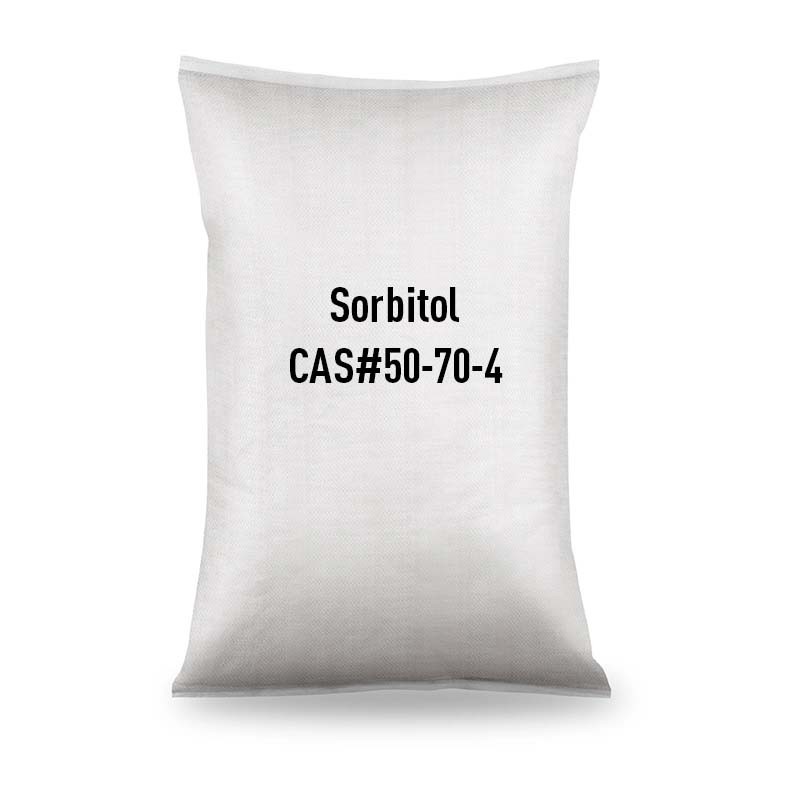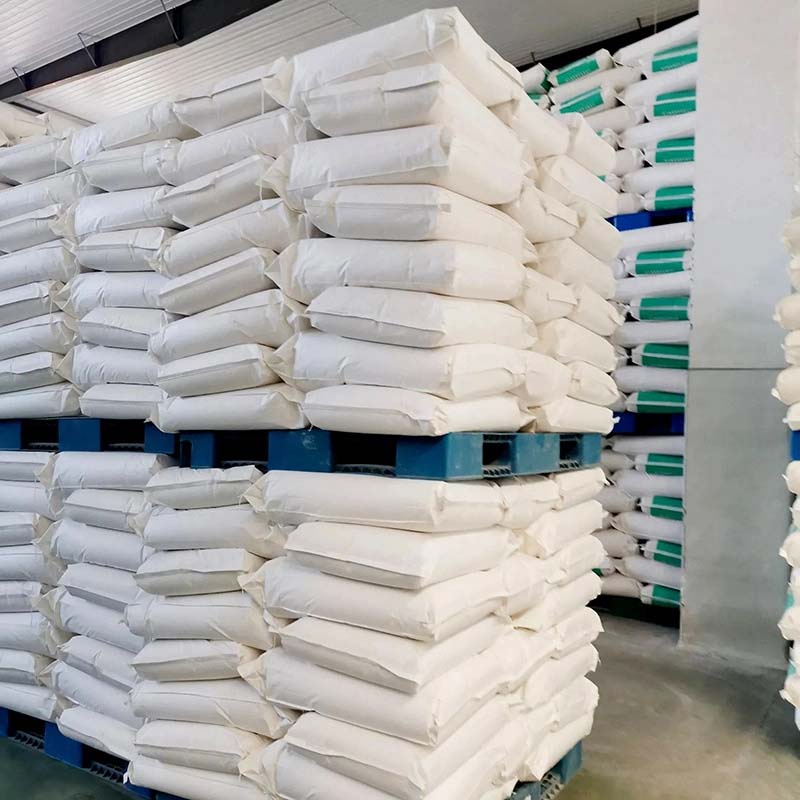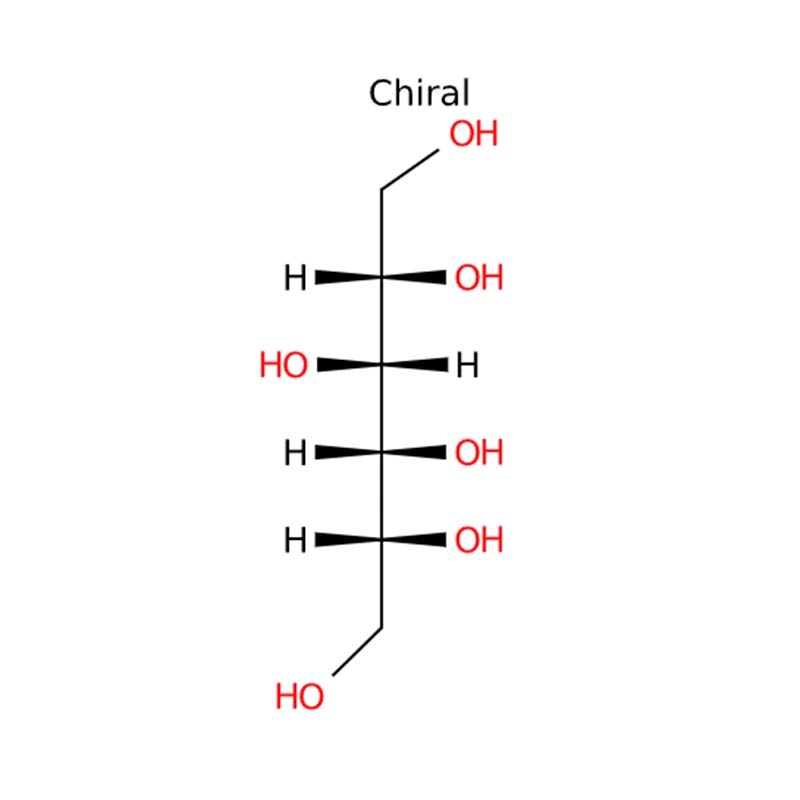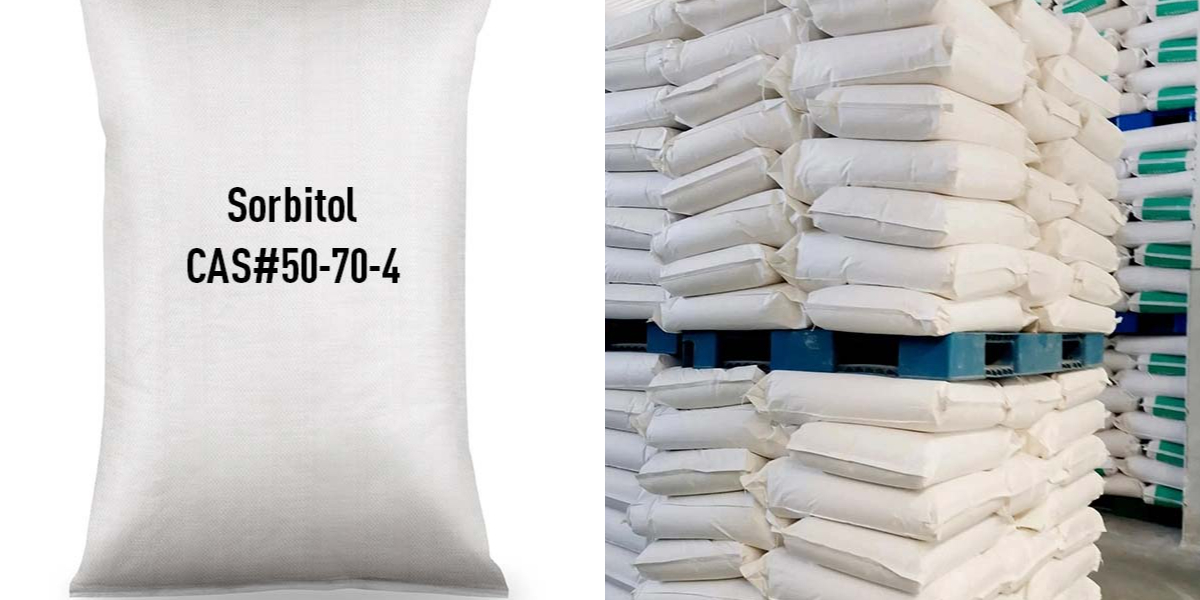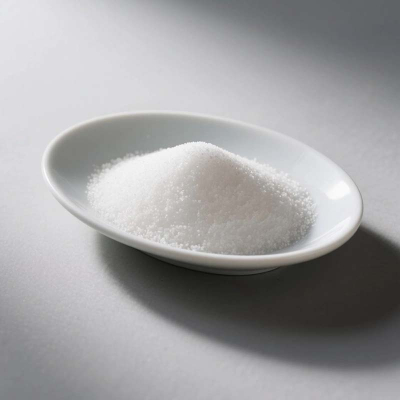Sorbitol
Excellent Water Solubility: Dissolves readily in water, reaching high concentrations (235 g/100 g at 25°C).
Broad Solvent Compatibility: Also soluble in glycerin and propylene glycol, with moderate solubility in certain organic solvents.
Sweet and Neutral Characteristics: Appears as a white, odorless crystalline powder with a naturally pleasant sweetness.
Hygroscopic Nature: Its moisture-absorbing property allows for specialized functional uses.
Sorbitol appears as a white, scentless crystalline powder, featuring a sweet flavor and hygroscopic characteristics. It shows high solubility in water—dissolving to the extent of 235 grams per 100 grams at 25°C—as well as in glycerin and propylene glycol. When it comes to methanol, ethanol, acetic acid, and solutions of phenol and acetamide, its solubility is moderate. However, it is almost insoluble in the majority of other organic solvents.
Sorbitol Chemical Properties
Melting point | 98-100 °C (lit.) |
Alpha | 4 º (per eur. pharm.) |
Boiling point | Bp760 105° |
Bulk density | 450kg/m3 |
Density | 1.28 g/mL at 25 °C |
Vapor density | <1 (vs air) |
Vapor pressure | <0.1 mm Hg ( 25 °C) |
Refractive index | n20/D 1.46 |
FEMA | 3029 | D-SORBITOL |
Fp | >100°C |
Storage temp | Room temp |
Solubility | Very soluble in water, slightly soluble in ethanol |
Form | Liquid |
Pka | PKa (17.5°): 13.6 |
Color | White |
Specific Gravity | 1.28 |
Odor | Odorless |
PH Range | 5 - 7 at 182 g/l at 25 °C |
PH | 5.0-7.0 (25℃, 1M in H2O) |
Optical Rotation | [α]20/D 1.5±0.3°, c = 10% in H2O |
Odor Type | Caramellic |
Water Solubility | SOLUBLE |
Sensitive | Hygroscopic |
λmax | λ: 260 nm Amax: 0.04 |
Merck | 14,8725 |
BRN | 1721899 |
Dielectric constant | 33.5(27℃) |
Stability | Stable. Avoid strong oxidizing agents. Protect from moisture. |
InChIKey | FBPFZTCFMRRESA-JGWLITMVSA-N |
LogP | -4.67 |
CAS DataBase Reference | 50-70-4(CAS DataBase Reference) |
NIST Chemistry Reference | Sorbitol(50-70-4) |
EPA Substance Registry System | Sorbitol (50-70-4) |
Sorbitol falls into the category of polyols (polyhydric alcohols)—a type of humectant produced via the hydrogenation of glucose. It dissolves readily in water yet shows poor solubility in oils. Boasting roughly 60% of sugar’s sweetness and a calorie content of 2.6 kcal per gram, this substance exhibits strong hygroscopicity and delivers a mild, pleasant sweetness.



